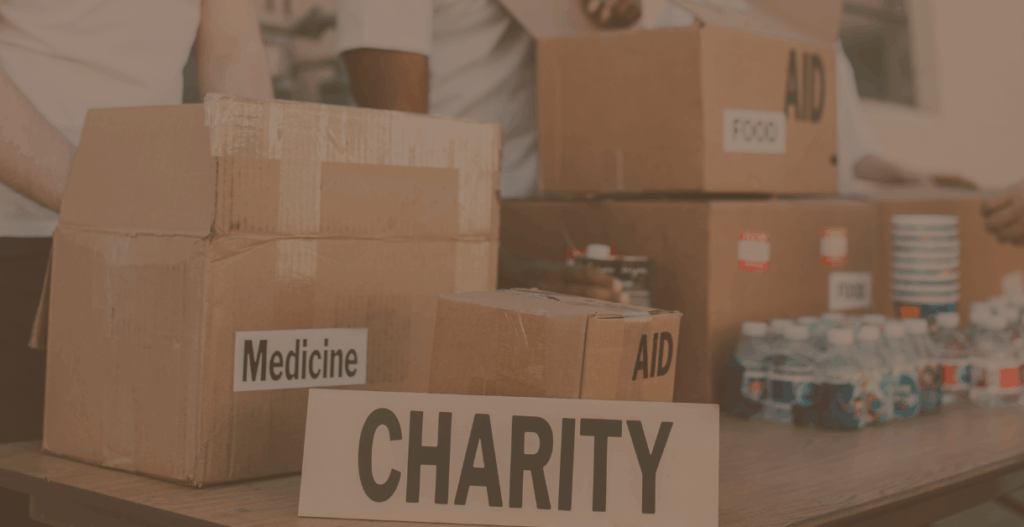

Renee Tiun
Renee, a foreign-trained attorney at Basswood Counsel, specializes in taxation, corporate law, and estate matters, bringing over a decade of experience from Malaysia and a client-focused approach.
This is a follow-up to our previously published articles, where we introduced the major provisions of the OBBBA impacting individual taxpayers.
- The One Big Beautiful Bill Act: What It Is and How It Affects Individuals
- Navigating the One Big Beautiful Bill Act: Key Tax Updates for Individuals
- Powering Down: EV and Clean Energy Credits Set to Expire
- Making Child Care More Affordable: What the One Big Beautiful Bill Means for Families at Home and Abroad
- Trump Accounts Explained: What Families Need to Know
- Mortgage Interest and Insurance Deductions After OBBBA: Key Changes and Tax Planning Opportunities
- Fueling Affordability: How the OBBBA Helps Car Buyers
- Back to School: Changes to Education Tax Credits You Should Know Heading into the New School Year
- 529 Plan Changes in 2025: Expanded Qualified Expenses Under the OBBBA
For years, charitable giving rules left donors navigating a mix of expiring limits and narrow opportunities. Non-itemizers often saw little to no federal tax benefit, and even itemizers faced uncertainty about how long favorable rules would last. Beginning in 2026, the One Big Beautiful Bill Act (OBBBA) changes that landscape by making the 60% deduction ceiling permanent, setting a new floor for itemized contributions, creating a universal deduction for non-itemizers, and adding a federal credit and exclusion for scholarship donations.
With these reforms, the OBBBA reshapes charitable giving in four important ways, beginning in 2026:
- Permanent 60% Deduction Ceiling for Cash Gifts to 50% Charities – The 60% of contribution base limit for cash contributions to qualifying public charities (often called “50% charities”) is now permanent. Taxpayers can permanently deduct up to 60% of their adjusted gross income (AGI) for cash donations made to 50% charities. However, this limit is reduced by any other contributions made to these same charities during the year. This rule ensures that large cash gifts remain deductible, but within a defined ceiling.
- New 0.5% Floor for Itemized Charitable Contributions – Previously, itemizers could deduct charitable contributions in full, subject only to percentage ceilings. Starting in 2026, the OBBBA imposes a new threshold: charitable contributions will be deductible only to the extent they exceed 0.5% of the taxpayer’s AGI. This limits the tax benefit of smaller gifts while preserving the ability to deduct larger donations.
- Universal Charitable Deduction for Non-Itemizers – A temporary above-the-line deduction for non-itemizers was first introduced under the Coronavirus Aid, Relief, and Economic Security (CARES) Act of 2020. On 2020 and 2021 tax returns, taxpayers were able to deduct up to $300 and $600 (for married couples filing jointly), respectively. Beginning in 2026, the OBBBA creates a new and more generous universal deduction, allowing non-itemizers to deduct up to $1,000 annually ($2,000 for joint filers) for qualified cash contributions. This change ensures that all taxpayers – whether they itemize or not – receive a direct tax benefit for their charitable gifts.
- Federal Income Tax Credit and Exclusion for SGO Contributions (Starting 2027) – Beginning with the 2027 tax year, individuals may claim a federal income tax credit of up to $1,700 per year for cash contributions to qualifying Scholarship Granting Organizations (SGOs) in participating states, with a five-year carryforward for unused credit. In addition, scholarships received from these qualifying SGOs for elementary or secondary education expenses will be excluded from taxable income, provided they are from an approved SGO and used for eligible expenses.
Ways to Make the Most of This Change
For itemizers, the permanent 60% deduction ceiling keeps favorable treatment in place for larger cash gifts, though the new 0.5% floor means smaller donations may no longer yield a tax benefit. Non-itemizers now gain a simple way to deduct contributions through the new $1,000/$2,000 universal deduction. Donors to Scholarship Granting Organizations may see the most significant change, with a new federal credit that can provide a stronger benefit than a deduction and scholarships that are now tax-free to recipients.
Taken together, these provisions broaden access to charitable incentives while encouraging more intentional giving strategies. Taxpayers should confirm state participation in SGO programs, ensure organizations are approved before contributing, and plan ahead to maximize the interplay of deductions and credits under the new rules.
Read our related articles analyzing the One Big Beautiful Bill Act and its implications for wealth and estate planning, and businesses.